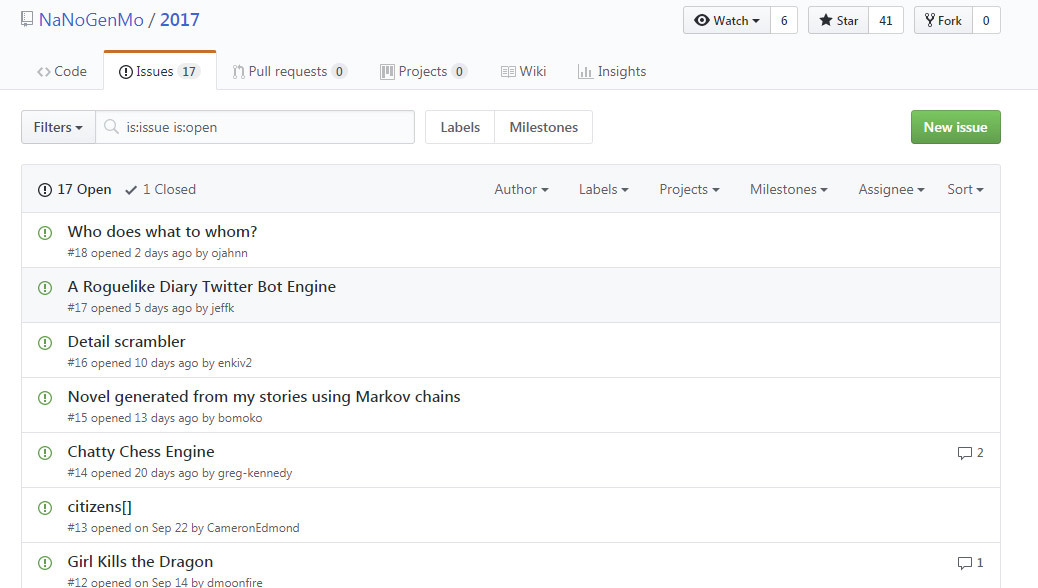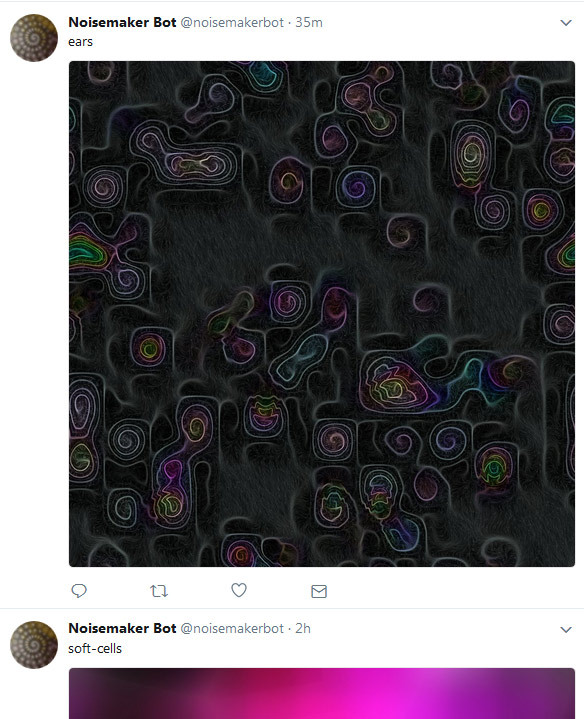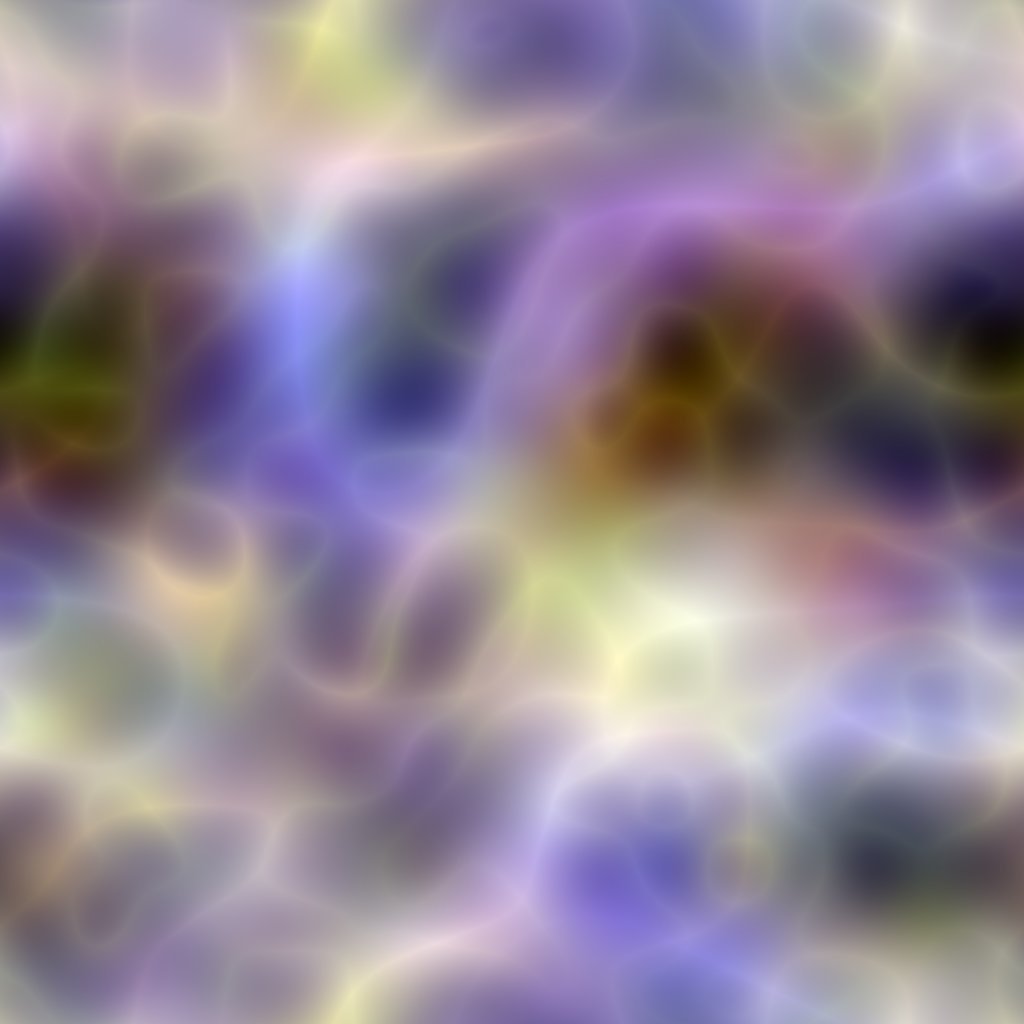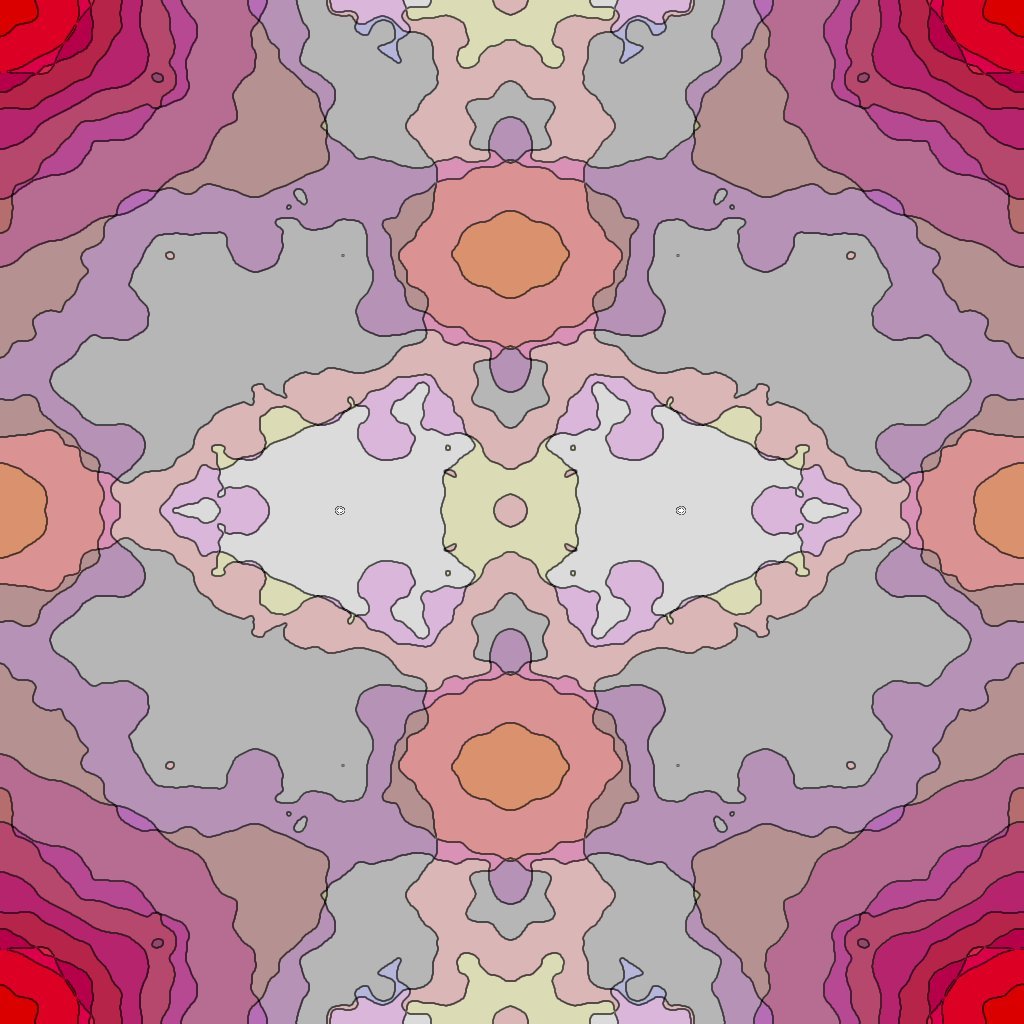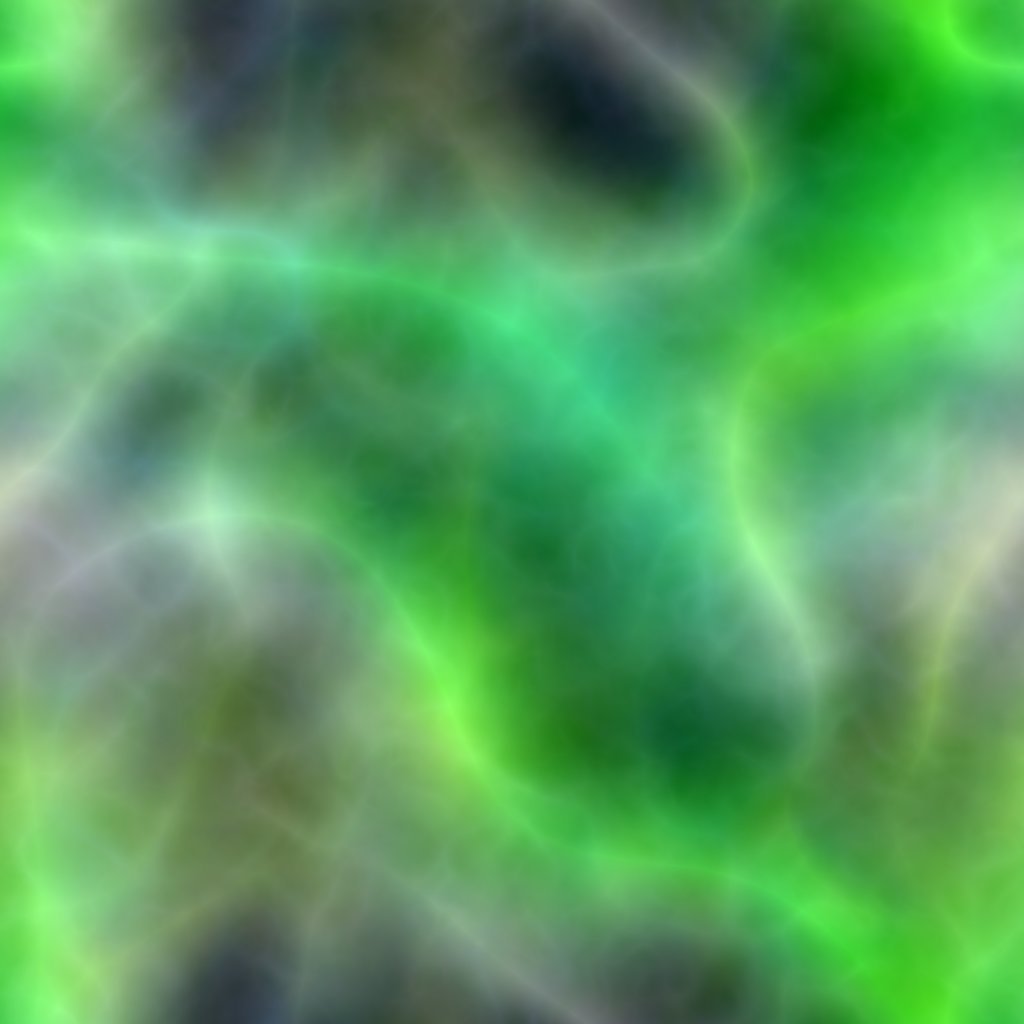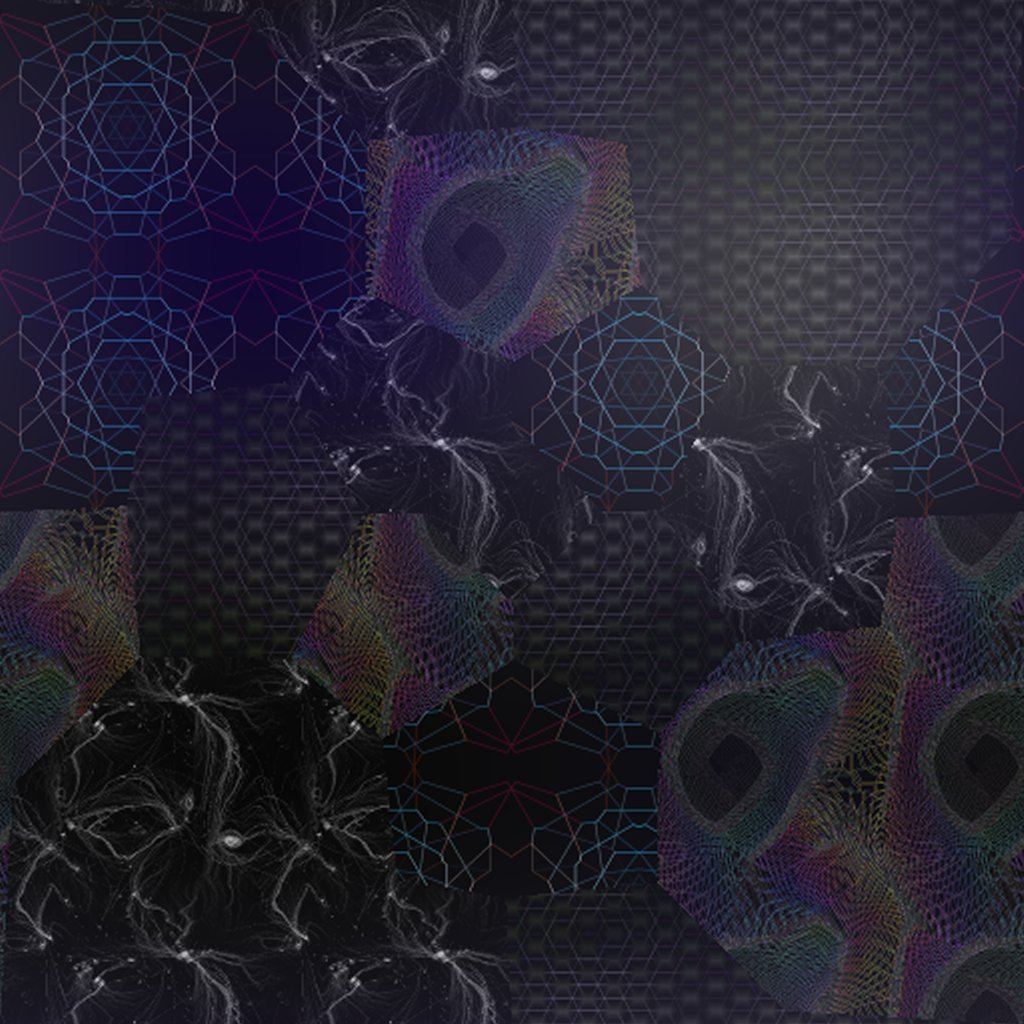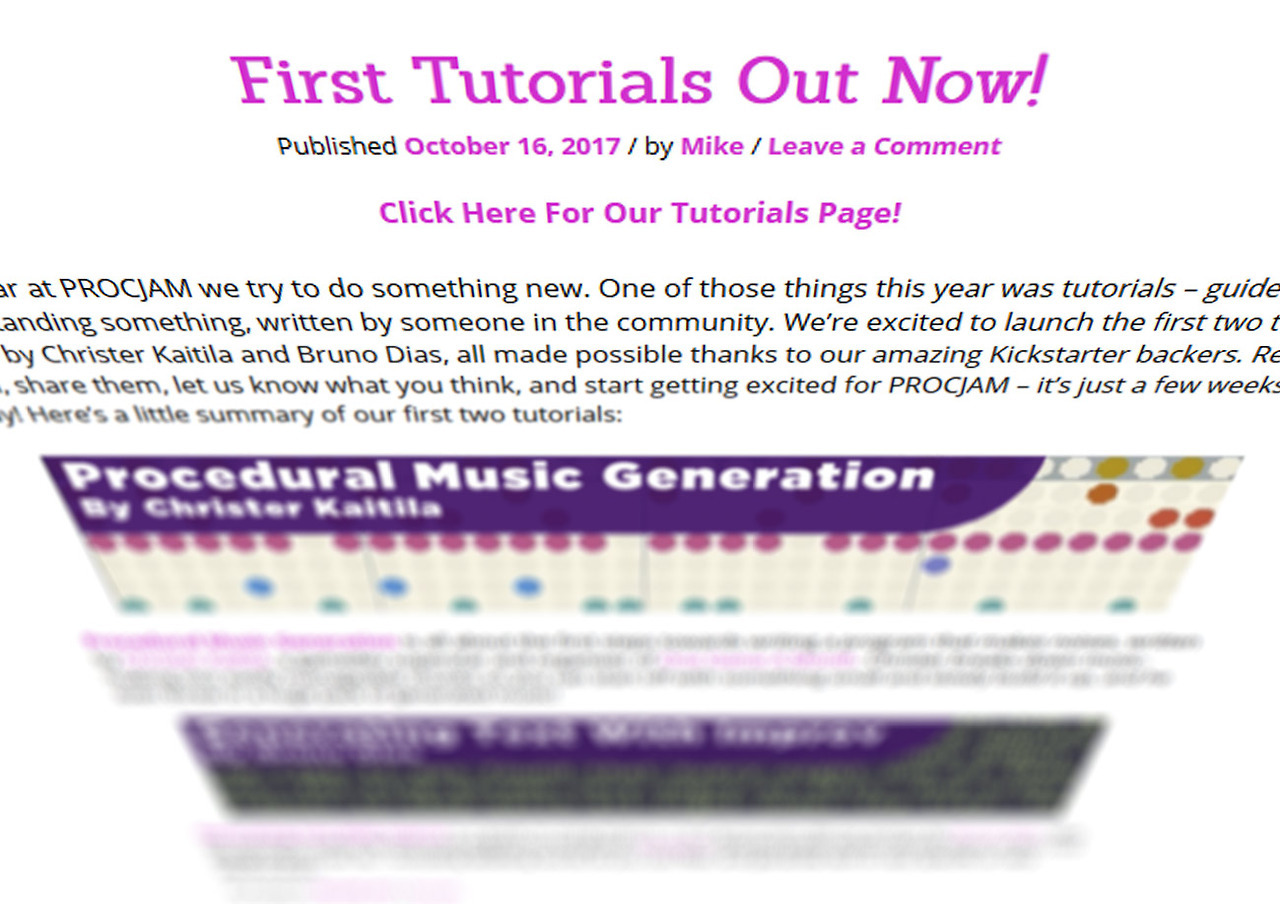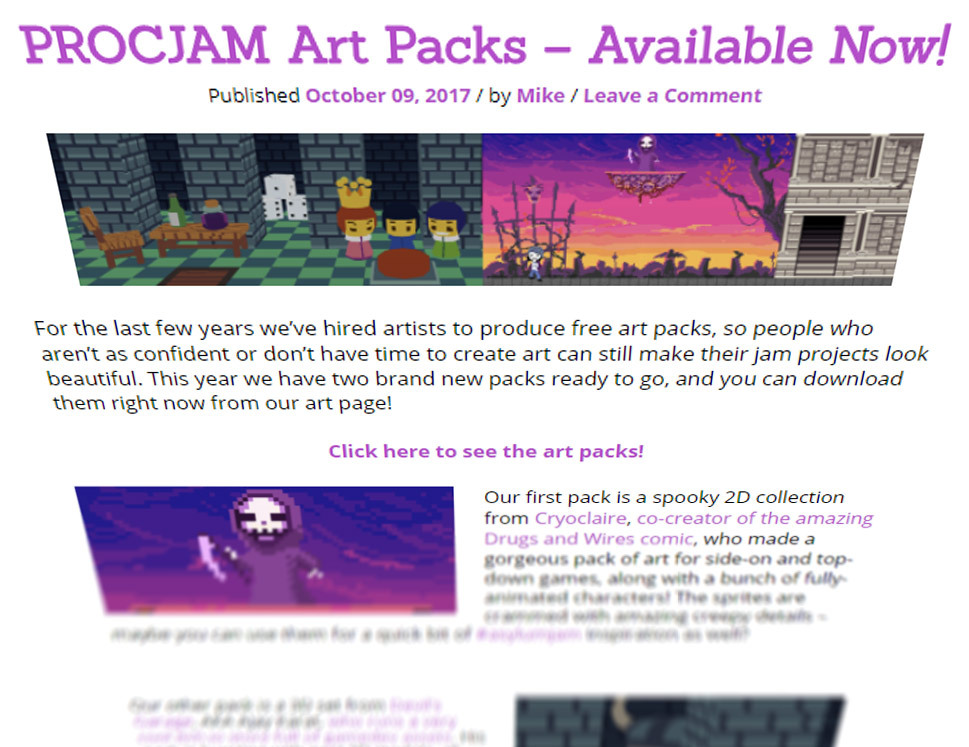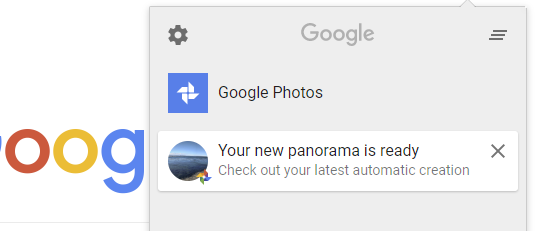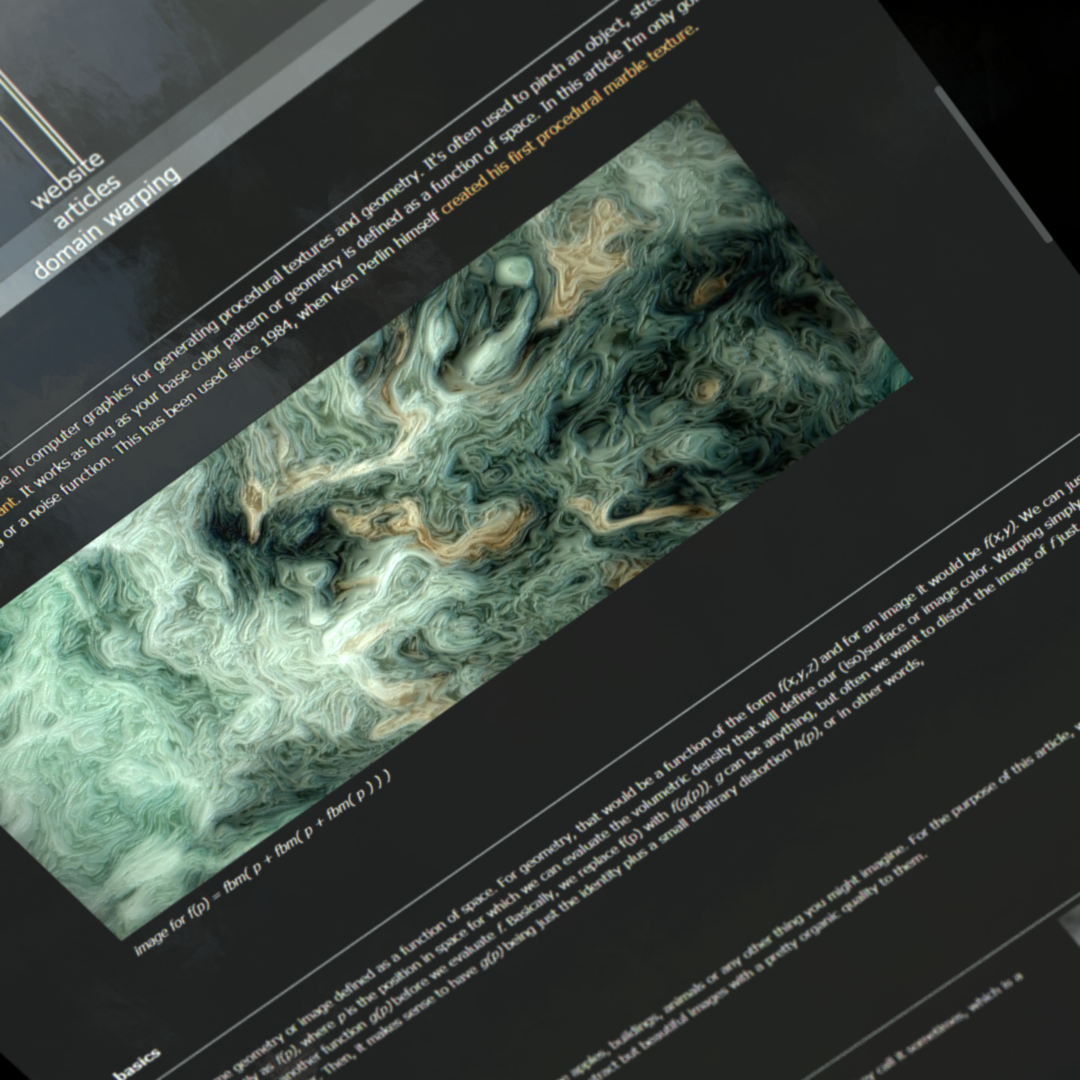Everest Pipkin: Digital Flowers as Status Symbols // Interrupt 4
I’ve frequently mentioned everest pipkin’s work on this blog, and for good reason. Their work frequently explores the interesting edges of generative art.
In this talk from Inturrupt 4, they draw a parallel between the history of flowers as status symbols and video game foliage–specifically digital flowers that serve as status symbols. The talk also touches on the relationship between time spent in a game and the status symbols conferred by the game, and juxtaposes that against our ideas of leisure and busyness.
This talk feels extra-relevant to me now, what with the conversations about loot boxes and the news about the real-time timers in the new Animal Crossing. But it reminded me that these ideas apply to a lot of generative content–what is the relationship between generativity and scarcity, and how does that affect how we value the things we generate? What are the ethics around games that demand grinding labor in exchange for our leisure time? Can we use generativity to improve our relationship with the machines that we’ve turned our society over to?

